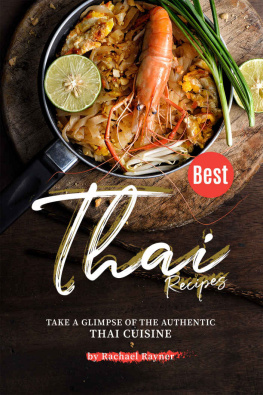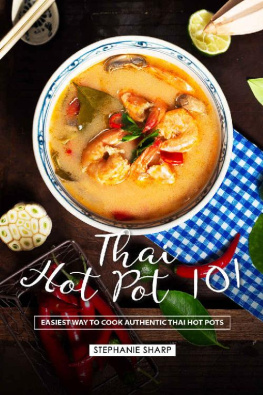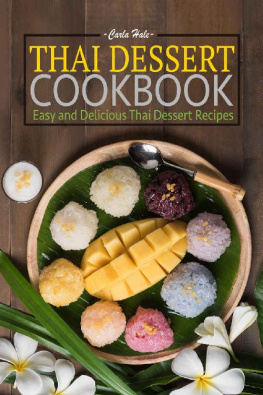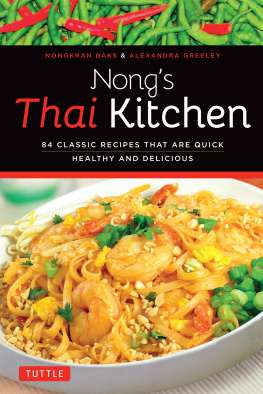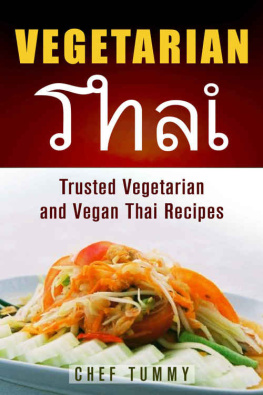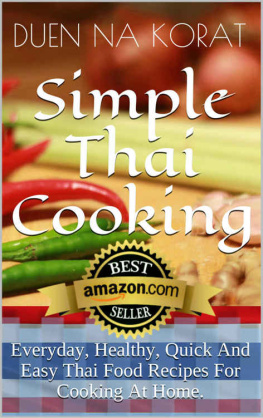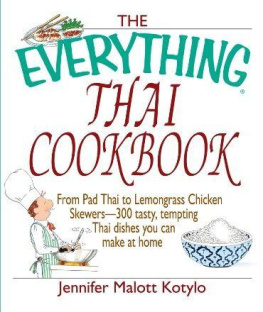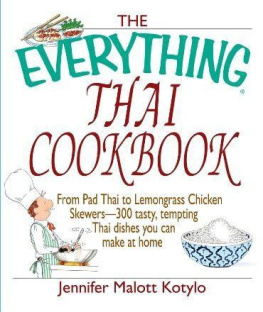Contents
Introduction
Thai food is commonly enjoyed in the United States, but you may wonder whether this cuisine is healthy.
The traditional diet of Thailand features colorful vegetables, seafood, and meats that are served with rice or noodles and seasoned with herbs and spices like turmeric, galangal, Thai basil, and lemongrass.
Food served at Western Thai restaurants shares many aspects of authentic Thai cuisine, although it has some notable differences. Thai menus in America may have larger portions, more fried foods, and recipes that are higher in salt and sugar.
Nutrition of common Thai ingredients
Thai food is known for its emphasis on herbs and spices, many of which have been studied for their benefits.
Other common ingredients in Thai dishes, such as tofu, seafood, and bean sprouts, also boast impressive nutritional profiles.
Here are some of the most widely used Thai ingredients and information about their nutrition and possible health benefits.
Galangal (Thai ginger) . Similar in appearance and flavor to ginger and turmeric roots, galangal is often used in sauces, curry pastes, and dishes like tom yum soup. Test-tube studies show that this root contains compounds that may kill cancer cells. Human studies also suggest that galangal may help fight inflammation and relieve pain. Thai holy basil. This herb tastes like other basil varieties but with a licorice-like undertone. Its used in curries, fried rice, and stir-fries. Research shows that holy basil oils and extracts may aid stress management, protect against high blood sugar in those with diabetes, and exert other therapeutic effects
Turmeric . Turmeric gives curries their color and may provide health benefits related to its main active compound curcumin. Specifically, curcumin may have powerful anti-inflammatory effects and enhance brain function and brain cell creation. Other compounds in turmeric show potential to protect against diabetes and heart disease, but more human studies are needed
Lemongrass . Lemongrass adds a fresh, citrus flavor to Thai soups and may boost your health at the same time. Rodent studies suggest that lemongrass essential oil may help protect against stomach ulcers and decrease high blood cholesterol levels, a risk factor for heart disease (9Trusted Source, 10).
Coconut milk . Coconut milk can be found in Thai curries and soups. While the health effects of coconut are widely debated due to its high level of saturated fat, coconut milk may have benefits. A study in 60 healthy Asian adults found that consuming porridge made with coconut milk 5 days a week over 8 weeks significantly lowered LDL (bad) cholesterol and increased HDL (good) cholesterol, compared to their baseline. Yet, these effects might not apply to Western cultures.
Bean sprouts . Mung bean sprouts are used in soups, stir-fries, and pad Thais. Theyre rich in several vitamins and minerals, providing over 30% of the Daily Value (DV) for vitamin K and 15% of the DV for vitamin C in 1 cup (104 grams). Vitamin K is a vital nutrient for proper blood clotting, while vitamin C is necessary for collagen production, a healthy immune system, and healthy skin
Chili peppers (Thai chilies) . Fresh and dried chilies are added to many Thai dishes for heat and flavor. Chili peppers contain a variety of plant compounds that may have health benefits, including capsaicin, which gives them their spice, as well as the pigment capsanthin, which is responsible for the color of red peppers. Some studies suggest that consuming spicy foods with capsaicin promotes fat-burning and decreases appetite, but research is mixed.
Papaya . Green papaya salad is a popular Thai dish. Papaya is rich in antioxidants, such as lycopene, that can fight reactive cell-damaging molecules called free radicals. Lycopene may exert anticancer effects and protect skin from aging and damage
Tofu. Tofu, which often appears in pad Thai and other dishes, contains compounds called isoflavones, which act similarly to the hormone estrogen in the body. Isoflavones may improve blood sugar control and reduce the risk of diabetes. A large study in over 40,000 Chinese adults found that eating unsweetened soy foods at least once a month over 5 years was associated with a decrease in type 2 diabetes risk.
Seafood . Many Thai dishes feature shrimp, prawns, white fish, and other shellfish. Seafood is an excellent source of lean protein and provides vitamins, minerals, and healthy omega-3 fats. Research has linked regular consumption of seafood to a lower risk of heart disease and type 2 diabetes.
Other benefits of Thai food
Several of the most common Thai ingredients are nutritious on their own, but there are other healthy aspects of Thai food in general.
For one, Thai meals often feature a good balance of macronutrients protein, fats, and carbs.
Curries, stir-fries, and soups are made with a variety of vegetables, include a protein source like tofu, lean meat, or seafood, and contain coconut milk, peanut sauces, or other fat.
The most commonly used veggies in Thai meals are non-starchy, such as peppers, tomato, cabbage, broccoli, carrots, and onions. These veggies are loaded with fiber, vitamins, minerals, and a variety of compounds that contribute to good digestion and overall health.
Eating meals that largely comprise non-starchy veggies and also contain protein and fat can help you maintain stable blood sugar levels throughout the day. This, in turn, leads to sustained energy and may aid weight loss
Since the explosion in tourism to Thailand in the 1980s Thai food has established a foothold as one of the worlds leading schools of the culinary arts. It is one of the 5 most popular food types globally, the others being Indian, Chinese, French, and Italian. When you visit Thailand, although it is possible to enjoy western food, why bother? You are in the home of one of the worlds great cooking schools, so sit back and enjoy.
History and Origins
thai dish spicyThai food originated with the people who emigrated from the southern Chinese provinces into modern day Thailand many centuries ago. Historically there were many Szechwan influences in Thai cuisine, although over the centuries many other influences have affected Thai food. In a more distant past, Buddhist monk brought an Indian touch, and southern Muslim states influenced the cooking in the south of Thailand. Much later, Thai food was influenced by European cuisine after contact with Portuguese missionaries and Dutch traders. During these times there were even some influences from the Japanese. Today Thai food is its own, with a special unique blend of the 5 tastes: sweet, sour, bitter, salty, and spicy.
Regional Differences
Thailand is a big country with a diverse geography, and over the years this has led to the development of regional differences in its style of cuisines. Currently there are 4 distinct styles of cooking in Thailand.
Northern
The cooking in northern Thailand is generally milder than in the rest of the country, sticky rice is preferred, traditionally it is kneaded into small balls with the fingers. There is a strong influence from neighbouring Burma with popular dishes like Kaeng Hang Le, a pork curry flavored with ginger, turmeric, and tamarind.
North-eastern
The food in the north east is influenced by Laos; as a general rule the food is highly spiced, and sticky glutinous rice is the preferred staple for north-eastern dishes. Although there are plenty of meat dishes, historically meat was scarce in the villages, and the main source of protein were shrimp and freshwater fish. These were often fermented to increase their shelf life.
Central
The central region offers cuisine that is midway between the north and south, although fragrant Jasmine rice is preferred to the sticky variety. What makes the central region cuisine special is that it is home to royal cuisine. This type of cooking which originated in the royal palace involves much more elaborate meals, put together with complex techniques. It is more of an art form than just regular cooking.
Next page

